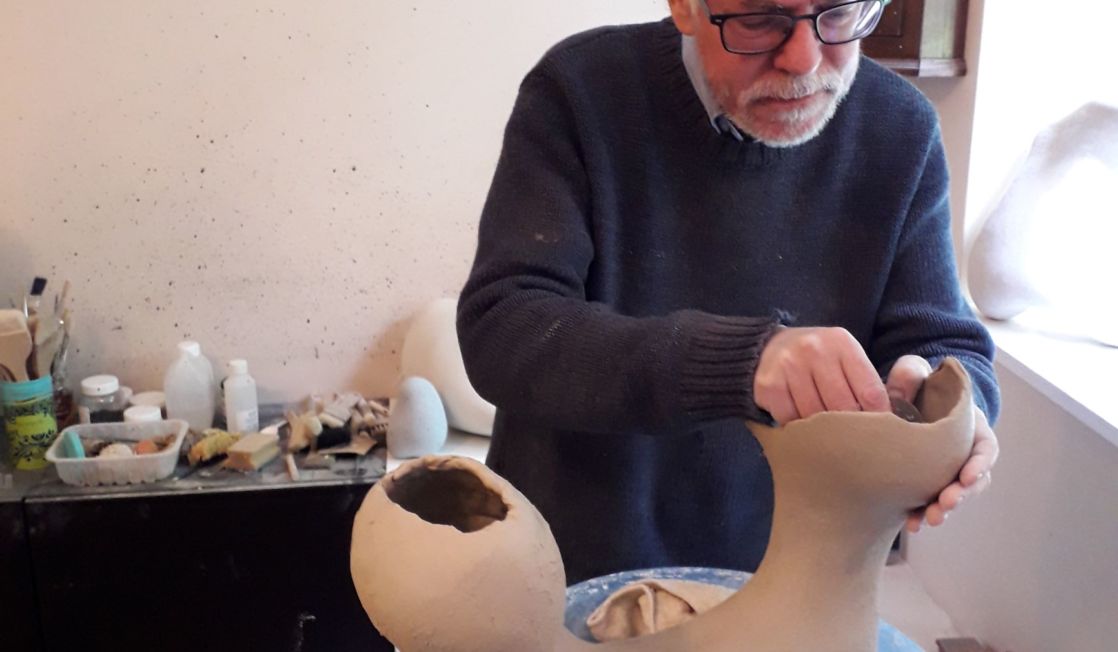We use cookies to help you navigate efficiently and perform certain functions. You will find detailed information about all cookies under each consent category below.
The cookies that are categorized as "Necessary" are stored on your browser as they are essential for enabling the basic functionalities of the site. ...
Necessary cookies are required to enable the basic features of this site, such as providing secure log-in or adjusting your consent preferences. These cookies do not store any personally identifiable data.
Functional cookies help perform certain functionalities like sharing the content of the website on social media platforms, collecting feedback, and other third-party features.
Analytical cookies are used to understand how visitors interact with the website. These cookies help provide information on metrics such as the number of visitors, bounce rate, traffic source, etc.
Performance cookies are used to understand and analyze the key performance indexes of the website which helps in delivering a better user experience for the visitors.
Advertisement cookies are used to provide visitors with customized advertisements based on the pages you visited previously and to analyze the effectiveness of the ad campaigns.
Martin Pearce makes sculptures that reference shapes found in the natural world. He talks about the trees and landscape close to the coast where he lives as being important points of reference. His biomorphic shapes are handbuilt using Earthstone white stoneware clay. Pearce’s starting point; a contoured slab of stoneware, is carefully draped over a chosen three-dimensional object. Working intuitively, he coils and manipulates the clay responding directly to the developing form.
In the run-up to his exhibition, Allusive Forms at Contemporary Ceramics in November 2019, we spoke to Martin to discover more about his journey with clay.

Contemporary Ceramics: Why do you do what you do?
Martin Pearce: Being a quiet sort of chap, I was drawn to activities through which I could express myself by creating objects. One of the great things about ceramics is that all of the aspects of design and creation are, at least theoretically, up to you.
Contemporary Ceramics: How did you first get involved in working with clay?
Martin Pearce: My father had an interest in ceramics and, when I was 10, he helped me throw my first pot. Though not often repeated, this had a big effect on me. On the rather flimsy basis of enjoying sketching as a teenager, I was accepted into art college where I studied interior design. For many years, I harboured the idea of making with clay but kept my interest going through collecting ceramics instead. Inevitably, I started experimenting, using a tiny kiln and the corner of a room. When disaster struck and a fire destroyed my interior design archives and information library, I took the hint, and set about teaching myself the dark arts of the ceramicist. That was ten years ago, and I still have a long way to go.
Contemporary Ceramics: How do you work?
Martin Pearce: I am not much of a morning person, so I have to rely on unthinking routine. Once I am in the studio, with the radio playing music that I don’t have to listen to, and I have found pots that really need to be rescued right now, I can start work (or play, as I call it). I begin work with an idea of the finished piece, perhaps even a sketch, but then I work intuitively. I normally have two or three pieces to work on, different in scale or intention, to keep my thinking fresh. When it is time to decorate a batch of pieces, the studio is reorganised to give me plenty of spatter space. Many pieces have slips flicked and dripped onto them, and I tend to disregard the consequences of my actions as I work. My studio walls are a mess.
Contemporary Ceramics: What images keep you company in the space where you work?
Martin Pearce: I never have images that are relevant to my work. I find them too distracting and interfere with my train of thought.
Contemporary Ceramics: In what way has the process of making a new body of work for this exhibition influenced your practice?
Martin Pearce: I have had to introduce a new level of discipline and forward planning, to create a cohesive body of work.
Contemporary Ceramics: How has your practice changed over time?
Martin Pearce: Having established a basic visual language for my work, I have moved from making vessel-based forms to essentially closed sculptural forms. Surface treatments have become quieter to emphasise the importance of form.
Contemporary Ceramics: What was the first piece of art that really mattered to you?
Martin Pearce: It wasn’t a single piece, but rather a movement that opened doors for me. The work of the New York Expressionists taught me that emotion and narrative were possible without figuration. The inner mind could communicate directly.
Contemporary Ceramics: You write that you don’t intend representation in your work. Are there material qualities or aesthetic concerns that drive this approach?
Martin Pearce:Direct representation doesn’t interest me. Abstraction concentrates the idea, and provokes the imagination. When presented with a representational piece, it is obvious what it is. What it means is all too often not considered.
Contemporary Ceramics: How does working with clay influence your life beyond the workshop?
Martin Pearce: I am always half looking for shapes and compositions that could extend the visual language of my work. I don’t sketch what I see, I prefer to remember and interpret the impression.
Contemporary Ceramics: What role does the potter/ceramist have in the 21st Century?
Martin Pearce: Potters/ceramists, and all makers, have the opportunity to enhance people’s lives. Whether it is the creation of pure beauty, enlightenment, or the physical enjoyment of use, makers can provide points of stillness in an otherwise turbulent world.